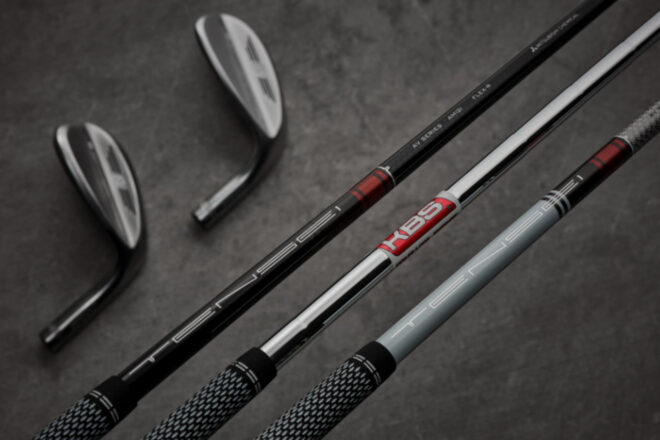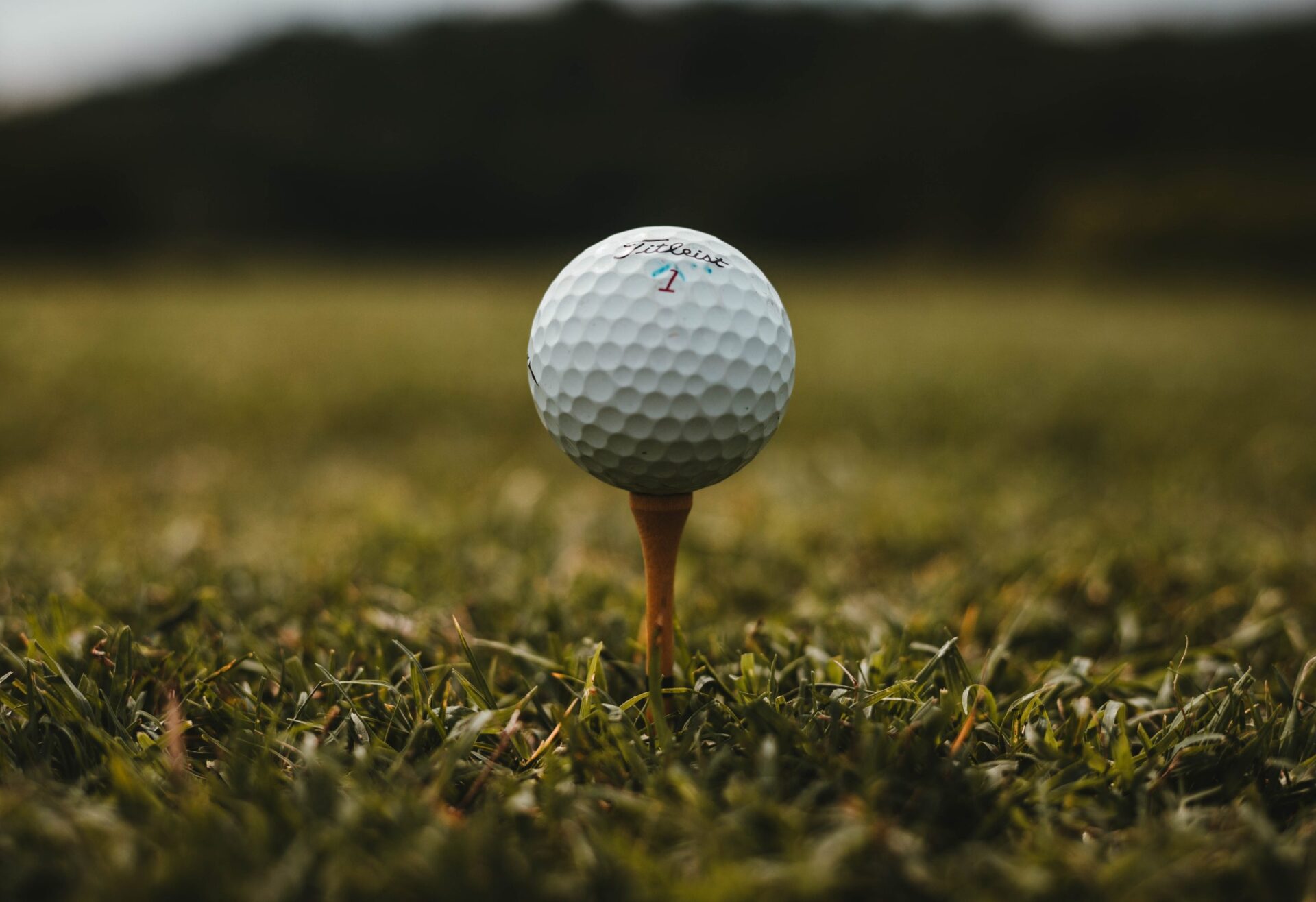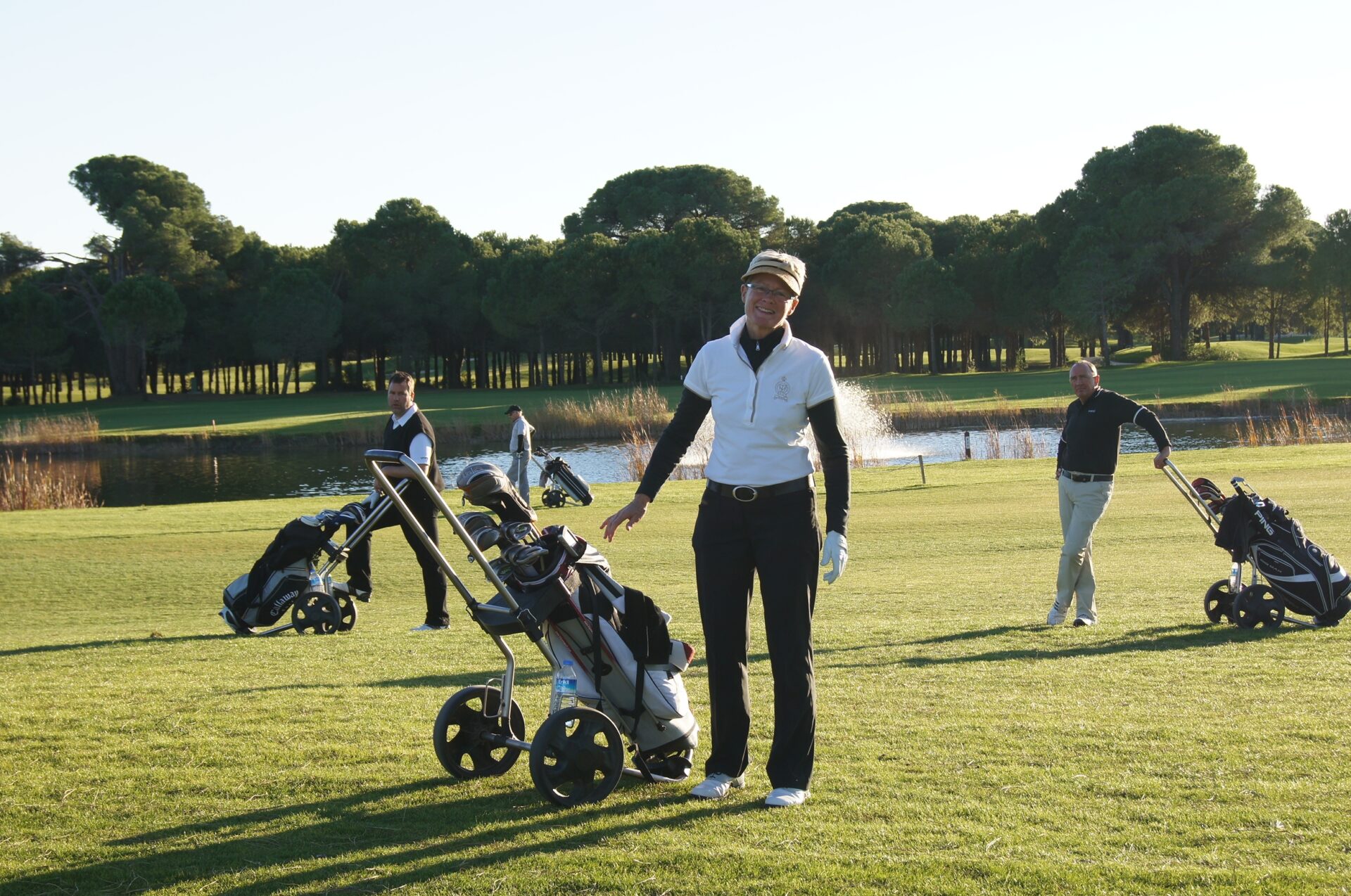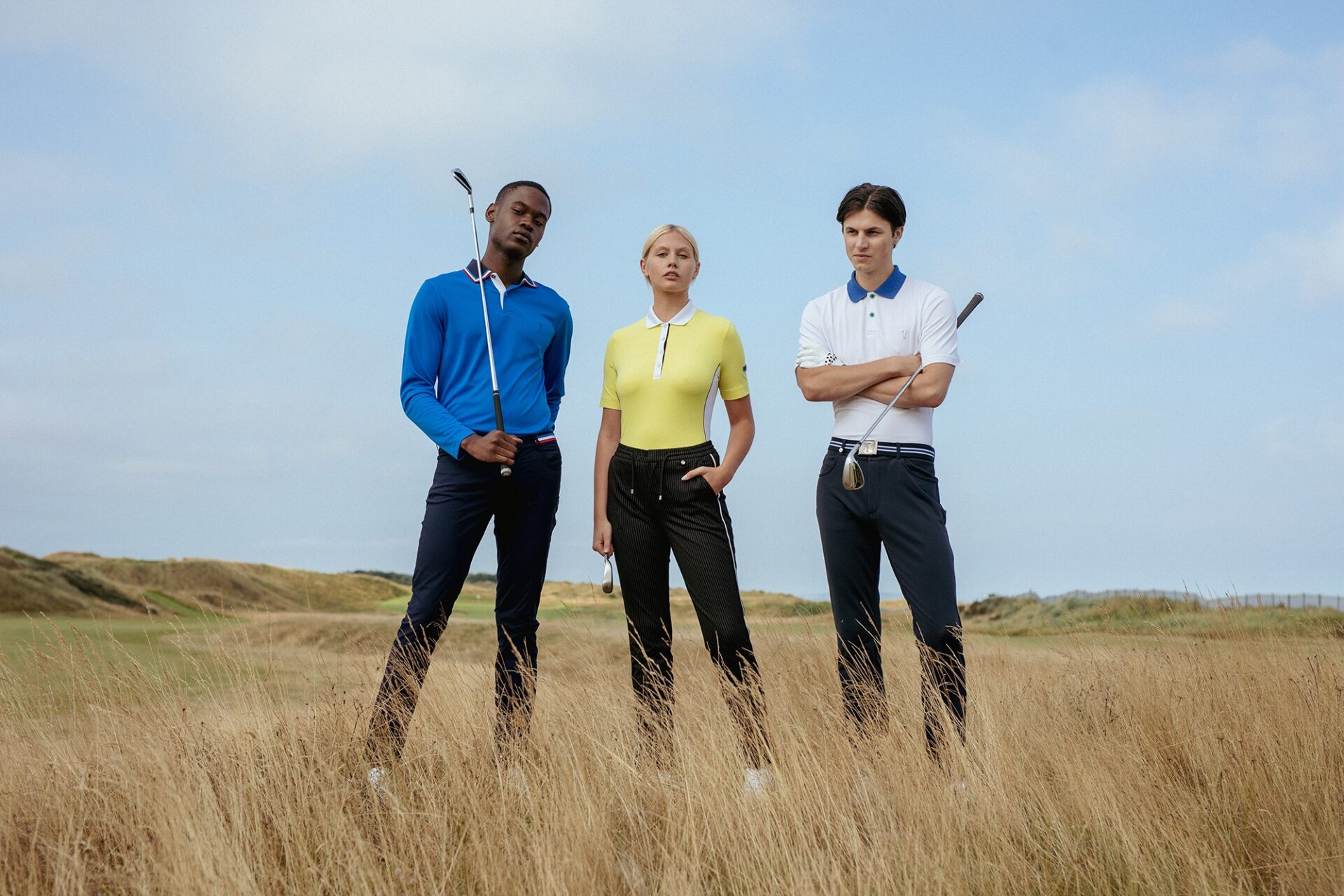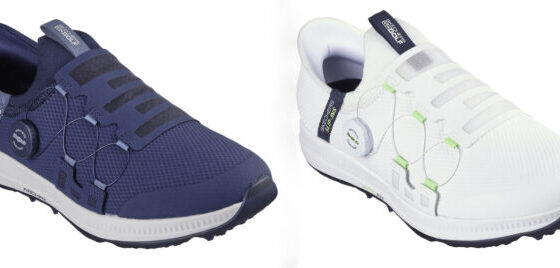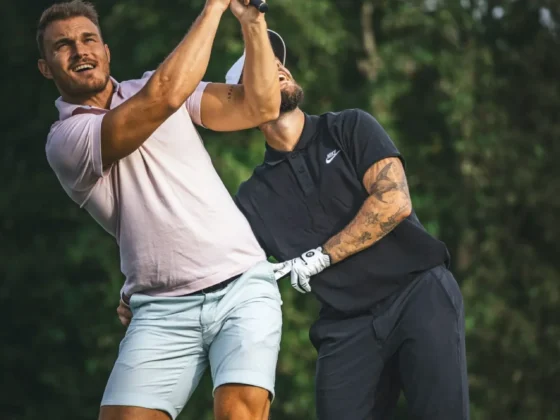Have you recently discovered the game of golf, perhaps already taken a taster course or maybe even completed your license to play? In any case, you are now considering buying your first golf equipment. But what should you look out for when buying your first golf equipment?
Admittedly, the selection of golf equipment out there is huge: different brands, sizes, colors, shapes and specifications can overwhelm a beginner when all you really want to do is spend the bare minimum to start playing golf. This is the equipment a new golfer needs:
Golf clubs for beginners
Every player can take up to 14 clubs with them on a round of golf. A set consists of different clubs for different situations – e.g. for the first tee shot at the start or to play the ball out of a bunker. Golf clubs are divided into woods, irons and putters. The woods are designed for the first tee shot and long shots on the fairway, the irons are suitable for playing up to the flag and the putter is used on the green for putting.
If you are not careful, you can easily spend around 1500 euros on good golf clubs. As a beginner, you only need a reliable beginner’s golf set from a decent brand to get used to golf and start learning. Many new golfers initially opt for a half set of clubs, buying second-hand equipment or demo clubs. A well-maintained set of used clubs is often better than a brand new, cheaper set. The best thing to do before you buy is to test them extensively in a pro store or retail store. It is particularly important to know whether you want to play right-handed or left-handed golf.
Tip: As with buying a car, most people do not opt for the top model. This also applies to the purchase of golf clubs. It doesn’t necessarily have to be the best and it doesn’t necessarily have to be brand new. The important thing is not what the equipment looks like, but that it feels good to the player and is as forgiving as possible.
Golf balls for beginners
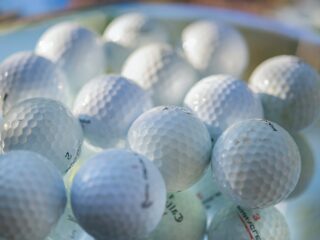
Unfortunately, golf balls are often lost, especially by beginners. They are attracted to tall grass or water hazards “as if by magic” and are suddenly impossible to find. That’s why beginners should always have a few balls too many in their bag rather than too few.
If you think that all golf balls are roughly the same apart from the brand name on the front, you are wrong. Different types of balls are aimed at players of different abilities. Beginners don’t need fancy spin or compression values: you should use a 2-component golf ball that has a large core in the middle and a Surlyn cover made of solid rubber, such as PearlGolf golf balls “PG-EDITION” or Foreace golf balls “Hades”. These models are initially the most controllable for beginners, fly the furthest and are much more durable than the easily damaged 3- or 4-piece golf balls used by professionals.
Tip: An inexpensive alternative to brand new balls are so-called “lake balls” (rescued from water hazards by golf ball divers) or refurbished branded golf balls.
Golf bags for beginners
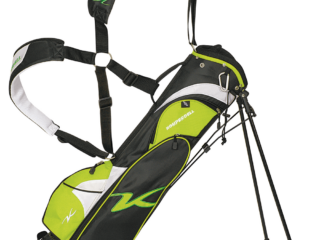
The type of golf bag you buy certainly won’t affect the quality of your golf game. But it could be unpleasant to have to lug a particularly heavy bag or pull it on a trolley for several kilometers. Of course, it is advisable to choose a lightweight golf bag that offers a little storage space for additional equipment. Ideally, your new golf bag should also be waterproof or at least water-repellent.
Tip: Lightweight bags with a built-in stand (“stand bags”) are best suited for beginners. These can either be carried or strapped onto a trolley or golf cart. Make sure it is a comfortable model with well-padded straps. Here you will find tips for recommended golf stand bags.
The first pair of golf shoes
For practicing on the driving range, a beginner only needs sports shoes or sturdy shoes with a firm tread. When it comes to the golf course, proper golf shoes are essential – they give your feet the traction and comfort you need and comply with the dress code that prevails at most golf clubs.
Tip: When choosing shoes, comfort is always a priority as a round of golf over 18 holes covers around 6 to 10 kilometers. Investing in a good pair of golf shoes pays off after a long, 5-hour round in hilly terrain. Ideal golf shoes are stable, lightweight and waterproof. Whether the shoes have soft spikes or studs on the sole is a matter of taste.

